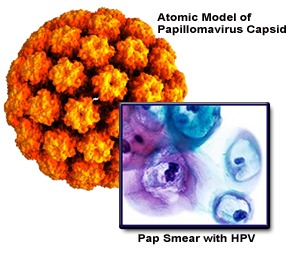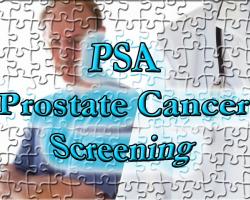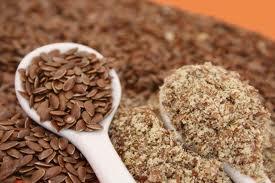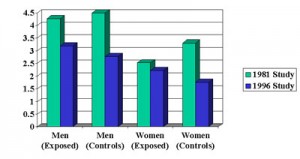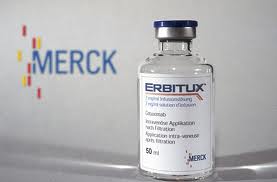Quitting to smoke has been a New Year’s resolution for many, and in view of the health care dollars spent for diseases related to smoking and the approximately 440,000 deaths in the United States per year alone, it should be a priority to implement comprehensive tobacco-control programs.
Smoking was more common among men (an average of 24.8 % nationally), whereas a national average of 20.3% of women lit up. There are also considerable differences between various states. In Kentucky 33.8% of men and 28.1% of women were smokers. Utah had the lowest prevalence with 14% men and 9.9% women. The national health objective is a goal for 2010 is to reduce the numbers to 12% smokers, which underscores the need for increased efforts to reduce tobacco use. Strategies include a clean air act to ensure clean indoor air laws, media campaigns, telephone support quit lines, insurance coverage for cessation counseling and pharmaceuticals are effective, but there are substantial variations across the states. In addition there are significant differences in the cost of cigarettes. It comes as no surprise, that Kentucky, which has the lowest price at $3.10 per pack, also has the highest number of smokers. Telephone support lines are available in the majority of states, but in 2002 only 2 states offered Medicaid coverage for medication treatment or counseling, and only six states (California, Conneticut, Delaware, Maine, Massachusetts, and New York) have comprehensive statewide smoking bans in effect on indoor workplaces and public places.
Too few states have public smoking bans in effect. Only four states (Arkansas, Delaware, Maine, and Mississippi) were investing at least the minimum per capita amount that the CDC recommends for tobacco-control. There is obviously the need to expand efforts and resources, to achieve the goal to reduce the smoking habit to 12% in the population by 2010.
Reference: Journal Of The American Medical Society, December 22/29,2004,Vol.292, No.24

